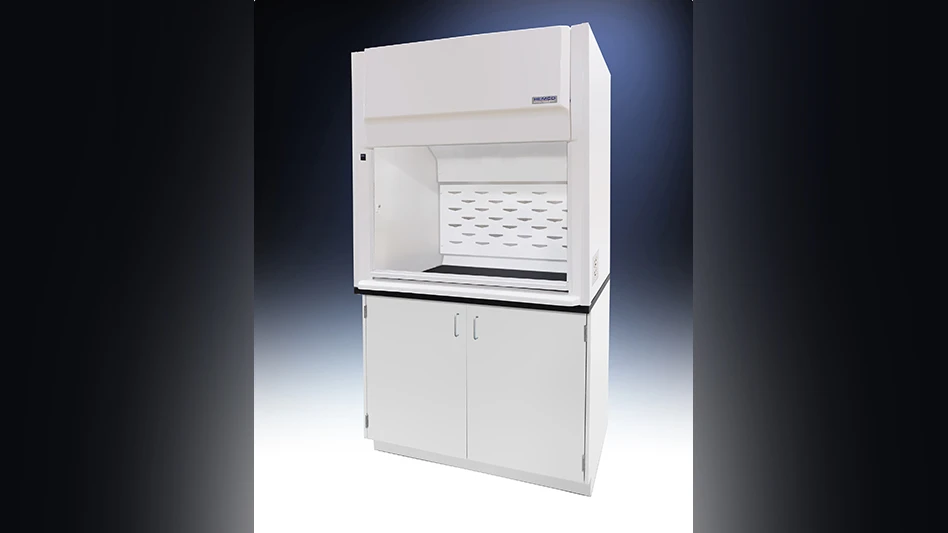
Lockheed Martin
Lockheed Martin has delivered the 91st F-35 aircraft for 2018, meeting the joint government and industry delivery target for the year and demonstrating the F-35 enterprise's ability to ramp to full-rate production. The 91st aircraft is a U.S. Marine Corps F-35B, to be delivered to Marine Corps Air Station Beaufort, South Carolina.
The 91 deliveries in 2018 represent nearly a 40% increase from 2017 and about a 100% production increase compared to 2016. Next year, Lockheed Martin is set to deliver more than 130 F-35s representing yet another 40% increase in production.
In 2018, deliveries included 54 F-35s for the United States, 21 for international partner nations and 16 for Foreign Military Sales customers.
"This milestone demonstrates the F-35 enterprise is prepared for full-rate production and ready to deliver on increasing demand from our customers worldwide," said Greg Ulmer, Lockheed Martin vice president and general manager of the F-35 program. "Year-over-year, we have increased production, lowered costs, reduced build time, and improved quality and on-time deliveries."
To date, more than 355 F-35s have been delivered and are now operating from 16 bases worldwide. More than 730 pilots and more than 6,700 maintainers are trained, and the F-35 fleet has surpassed more than 175,000 cumulative flight hours. Ten nations are flying the F-35, seven countries have F-35s operating from a base on their home soil, four services have declared initial operating capability, and two services have announced their F-35s have been used in combat operations.

Through lessons learned, process efficiencies, production automation, facility and tooling upgrades, supply chain initiatives, and continuous improvement actions, the F-35 enterprise has significantly improved efficiency and reduced costs.
The price of an F-35A is now $89.2 million and the enterprise is on track to deliver an $80 million F-35A by 2020 (Lot 14), which is equal to or less than the price of less capable, 4th generation aircraft.
The F-35's mission readiness and sustainment costs are also improving. Lockheed Martin's sustainment cost per aircraft per year decreased three years straight, and by about 15% since 2015. The joint government and industry team is also taking aggressive actions to deliver 80% mission capable rates and reduce costs per flight hour by about 40%.
Latest from Aerospace Manufacturing and Design
- 2024 Favorites: #9 Article – 5 tips for upskilling your aerospace machinists
- 2024 Favorites: #9 News – Siemens acquires Altair Engineering
- 2024 Favorites: #10 Article – How 3D-printed aviation parts can accelerate return to air
- 2024 Favorites: #10 News – Boom Supersonic completes Overture Superfactory
- OMIC R&D hosts Supporting Women in Manufacturing Day 2024
- 4D Technology's AccuFiz SWIR interferometer
- Seventh Lockheed Martin-built GPS III satellite launches
- KYOCERA AVX's CR Series high-power chip resistor





